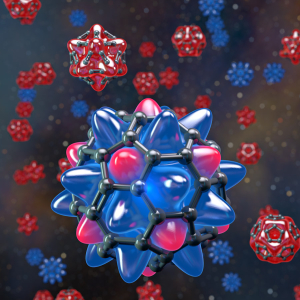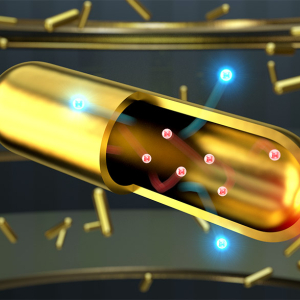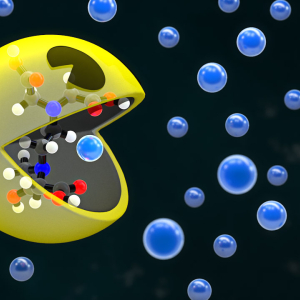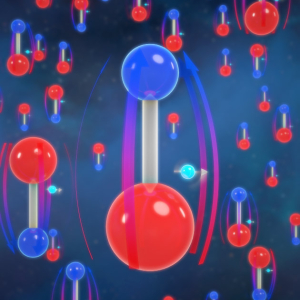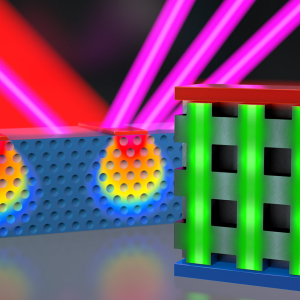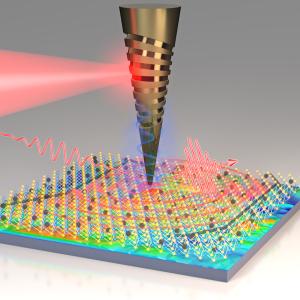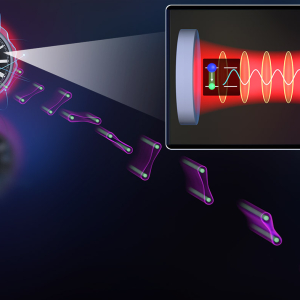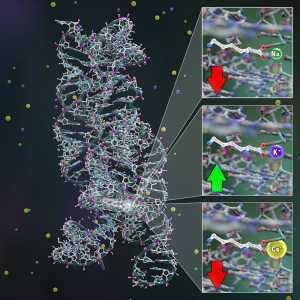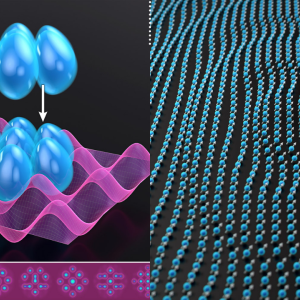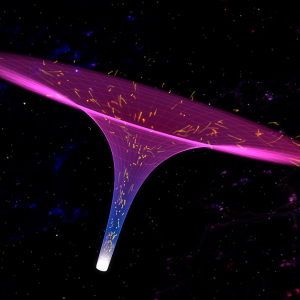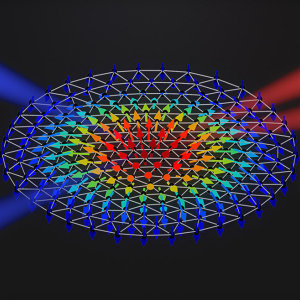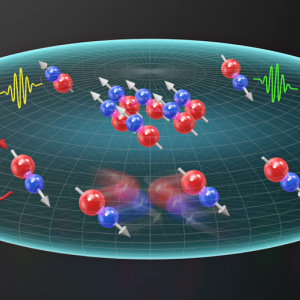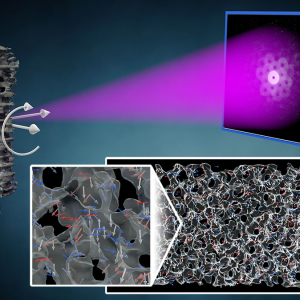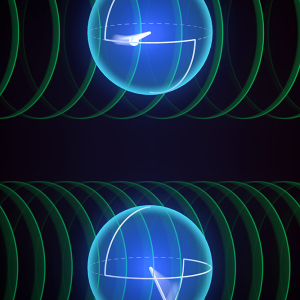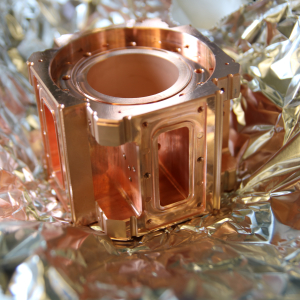Research Highlights
Displaying 21 - 40 of 473
Precision Measurement | Quantum Information Science & Technology
A New “Spin” on Ergodicity Breaking
PI(s):
Jun Ye | David Nesbitt
Nanoscience
Going for Gold: New Advancements in Hot Carrier Science
PI(s):
David Nesbitt
Biophysics | Nanoscience
How to Bind with Metals and Water: A New Study on EDTA
PI(s):
J. Mathias Weber
Precision Measurement | Quantum Information Science & Technology
Sizing Up an Electron’s Shape
PI(s):
Eric Cornell | Jun Ye
Atomic & Molecular Physics | Laser Physics | Nanoscience
Turning Up the Heat in Quantum Materials
PI(s):
Margaret Murnane | Henry Kapteyn
Nanoscience | Precision Measurement
Imaging 2D Materials At a Smaller Scale
PI(s):
Markus Raschke
Precision Measurement | Quantum Information Science & Technology
Entangled Pairs Get Sensitive Very Fast
PI(s):
Ana Maria Rey | James Thompson
Biophysics | Chemical Physics
Looking at a Cellular Switch
PI(s):
David Nesbitt
Astrophysics
How 1,000 undergraduates helped solve an enduring mystery about the sun
PI(s):
Heather Lewandowski
Atomic & Molecular Physics | Precision Measurement | Quantum Information Science & Technology
A Tale of Two Dipoles
PI(s):
John Bohn
Astrophysics
What Happens When You Fall into a Black Hole?
PI(s):
Andrew Hamilton
Quantum Information Science & Technology
Using Frequency Comb Lasers as a Breathalyzer for COVID-19
PI(s):
David Nesbitt | Jun Ye
Precision Measurement | Quantum Information Science & Technology
Using Ion Crystals to Simulate Superconductors
PI(s):
Ana Maria Rey
Precision Measurement | Quantum Information Science & Technology
Controlling a Quantum Classroom: New Insights into the Spin-Dynamics of Molecules
PI(s):
Jun Ye
Atomic & Molecular Physics | Laser Physics
The Swirling Spins of Hedgehogs
PI(s):
Margaret Murnane | Henry Kapteyn
Precision Measurement | Quantum Information Science & Technology
A Quantum Video Reel
PI(s):
Cindy Regal | Ana Maria Rey
Precision Measurement | Quantum Information Science & Technology
Defining the Limits of Quantum Sensing
PI(s):
Graeme Smith
Atomic & Molecular Physics | Quantum Information Science & Technology
Atoms do the Twist
PI(s):
Ana Maria Rey
Astrophysics
Tackling the Sun’s Tachocline
PI(s):
Juri Toomre
Quantum Information Science & Technology
How to Rebuild an Atomic Clock
PI(s):
Other




